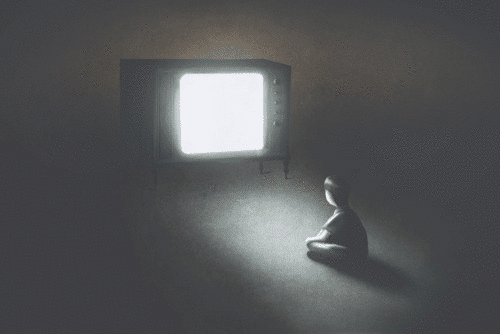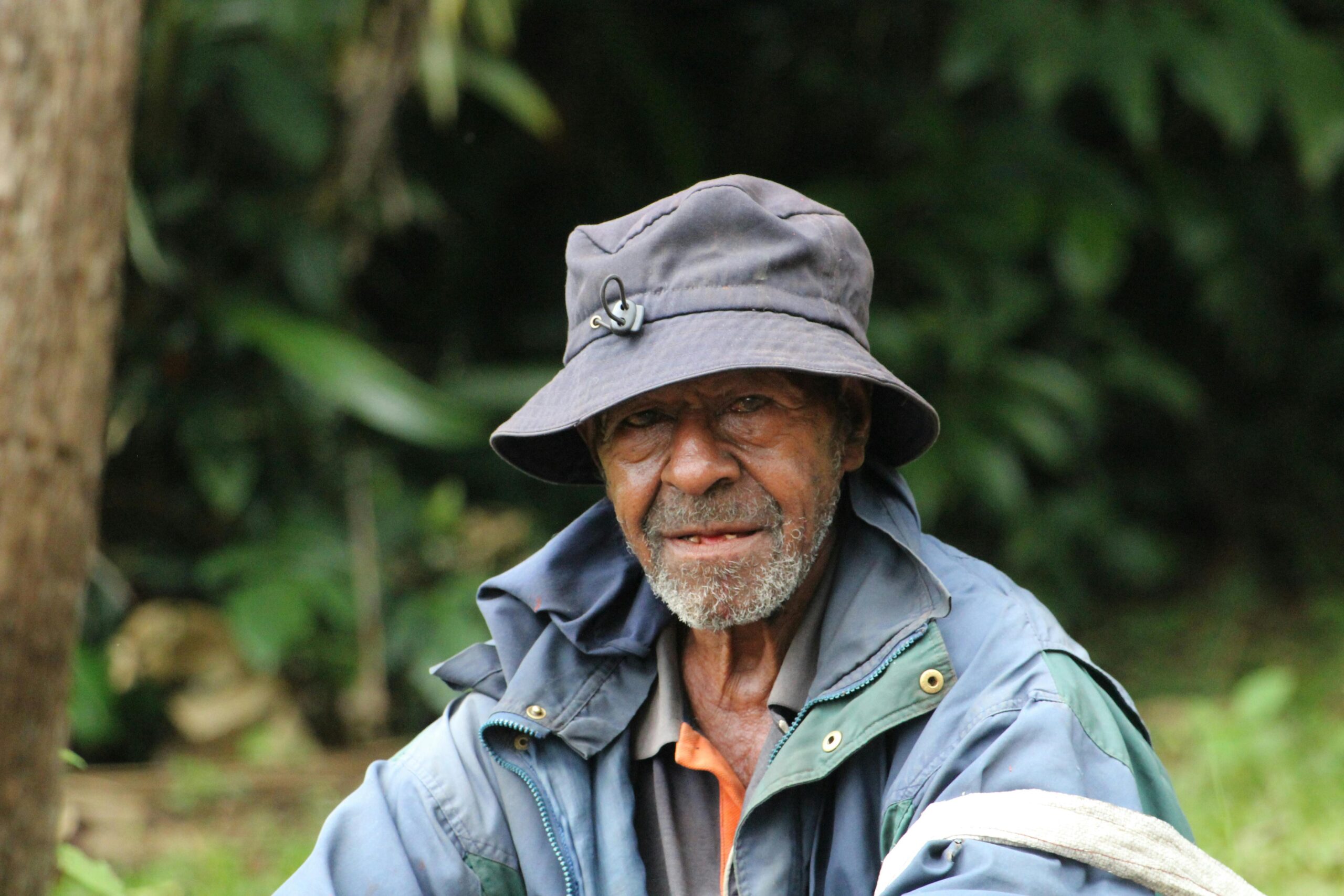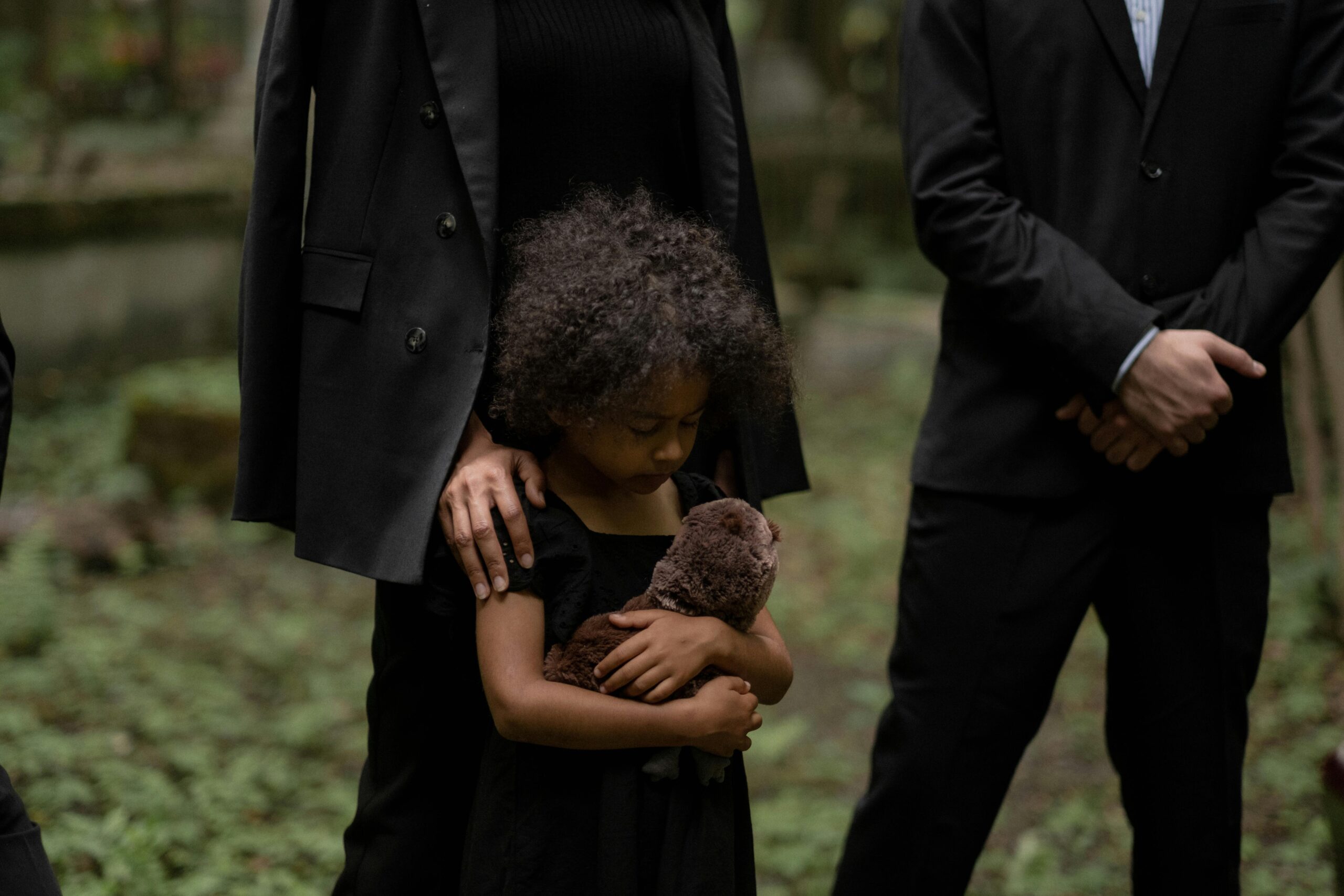
In an article published by The Guardian in 2019 Ellen Jones describes the way autism is represented in popular media. In reference to shows like Atypical on Netflix, she writes:
What we are seeing in mainstream media is not a true reflection of autism. We are, instead, seeing what neurotypical people think autism is. Savan Gandecha, a YouTube creator and host of #AutismWithSav, told me he agrees that we need to “move away from the stereotypes — that will improve representation in the long run”. Autism is multifaceted, varied and exists on a spectrum, but we never see the diversity of autistic people and their symptoms.
Jones was also referring to the way that the media had chosen to frame activist Greta Thunberg as “disabled and/or superhero.” There are these two polar differences in the public sense of what autism means. Someone with autism is either brilliantly different (as embodied by Temple Grandin, popular autistic spokesperson and scientist), or they need extreme support in order to function. There is no room for nuance for the popular imagination.
However the autism spectrum is very diverse and inclusive of people who present very neurotypically (similar to non-autistics) as well as people with autism as well as other disabilities and differences (intellectual delays and differences, epilepsy, the non-speaking, etc). It’s difficult to put autism in a box, and the more you listen to people with autism and the neurodiverse, the more you realize how worrisome these stereotypes can be. They are not representative of the community as a whole, and single stories threaten to drown out the chorus of experiences across the spectrum.
What do I mean by a single story? In a very popular TED talk, Nigerian novelist Chimamanda Adichie discussed the way that the singular narratives about Africa had defined her conception of her home and others impressions of her as she developed as a writer. The “single story” of Africa, as a distinct, monolithic place with very specific characteristics, didn’t speak truth about all the different experiences that the place simultaneously allowed. Instead, most are left with a (negative) stereotype: the hold over of colonialist thinking which disempowered the people of Africa and, more specifically, Nigerian writers. In the popular imagination, something becomes robbed of its richness when a single story is allowed to dominate our thinking.
The same is true for autism (as well as other types of neurodivergence). When we reduce our understanding of our differences to a single stereotype (like Jones’s example of Rain Man), we contribute to harmful presumptions about real people with distinct and valuable experiences. This type of ablism is on par with racism or sexist thinking, where we diminish the value of autistic people because we presume to already know what they have to offer society.
Autism just is. It doesn’t mean that people with autism are all non-speaking (though some are). It certainly doesn’t mean they are non-communicative, because there are alternatives to speaking (from sign-language to Augmentative and Alternative Communication (AAC)). It doesn’t mean they will be intellectually disabled, or “savants.” What autism means is that someone is distinct with needs that are unique to their own neurological differences. For neurotypical people, it’s important to be inclusive, understanding, and accommodating in ways that bridge the barriers between a world built for the neurotypical and the distinct experience of the neurodiverse.
These bridges are even written into the law. The Americans with Disabilities Act and the Olmstead Rights that came with a 1999 Supreme Court decision means autistic people are entitled to experience the world in a way similar to the able-bodied or neurotypical. Opportunities like the therapies and services offered by Poppy Life Care exist so that the neurodiverse can take advantage of them alongside allies and others, without being sequestered away or shunned.
But this kind of inclusivity isn’t what we typically see in the media. Popular bloggers and writers who document the experience of their families and children with autism find an audience by showing the biggest difficulties, the embarrassing moments, the compromising situations and everything that an autistic person certainly wouldn’t consent to show, if the neurotypical would only listen. How many of us want to broadcast our most difficult moments? We are left with a carnivalesque display of autism that shows both the “good” (what neurotypical society values, such as intellectual prowess) as well as the bad (what used to be called “low-functioning” autism, those in need of much support).
Again, I want to emphasize: Autism just is. We all have good and bad days. We have moments when we are at our best, and really connect with others and feel a sense of shared humanity, whether we are neurotypical or neurodiverse. We also have moments we are at our worst, emotional and frustrated, breaking down and in need of grace and love. I suggest we extend that understanding to people in their worst times regardless of their neurology.
We won’t change our thinking if we only listen and watch the media representations of autism. Instead we have to listen and talk with #ActuallyAutistic individuals, whether this is via the hashtag on twitter, by reading the books written by autistic people, or by listening closely to those in our lives who can speak to the experience.We also have to work to be inclusive in the world. That’s why Poppy Life Care provides services and therapies to work with autistic children and individuals, as well as others who are neurodiverse. Take a moment to check out our website to see what we offer to see what might be right for you and your family.










leave a comment!
Comments